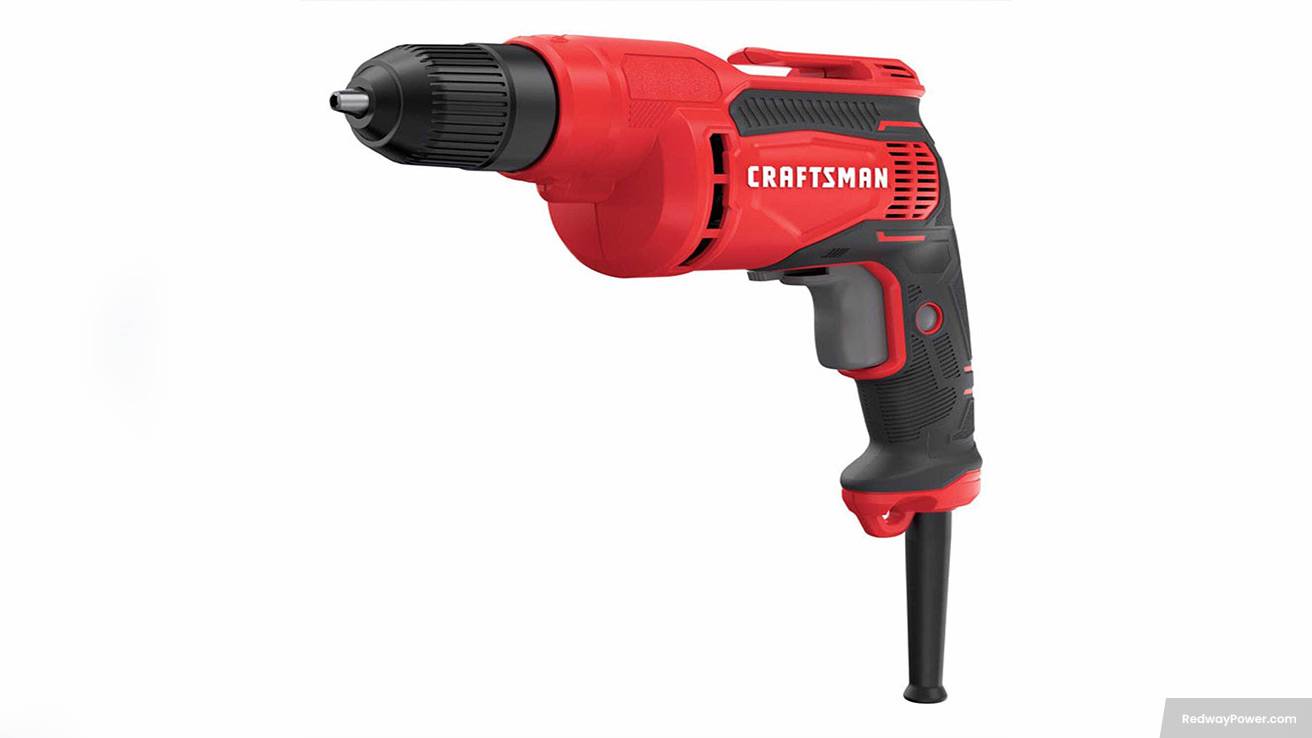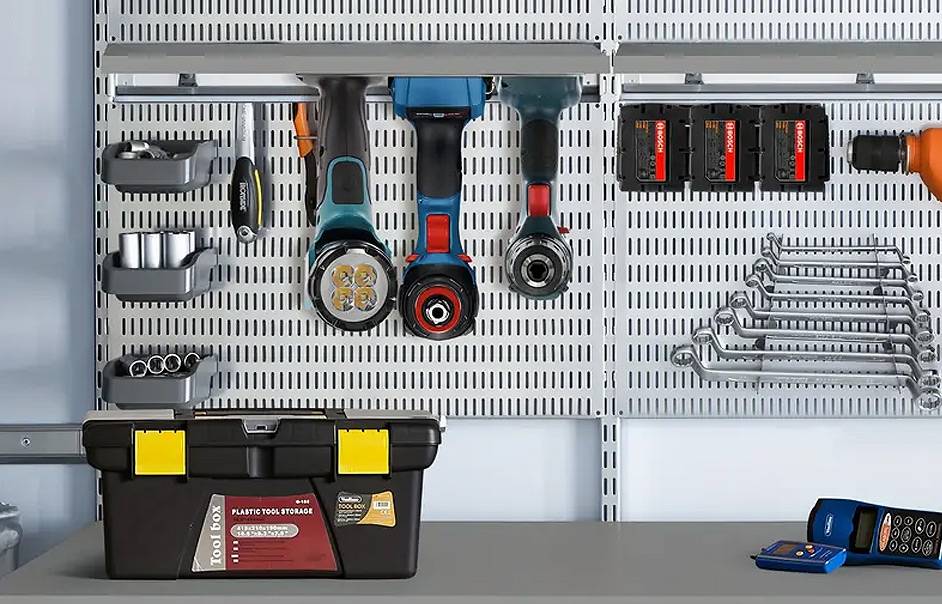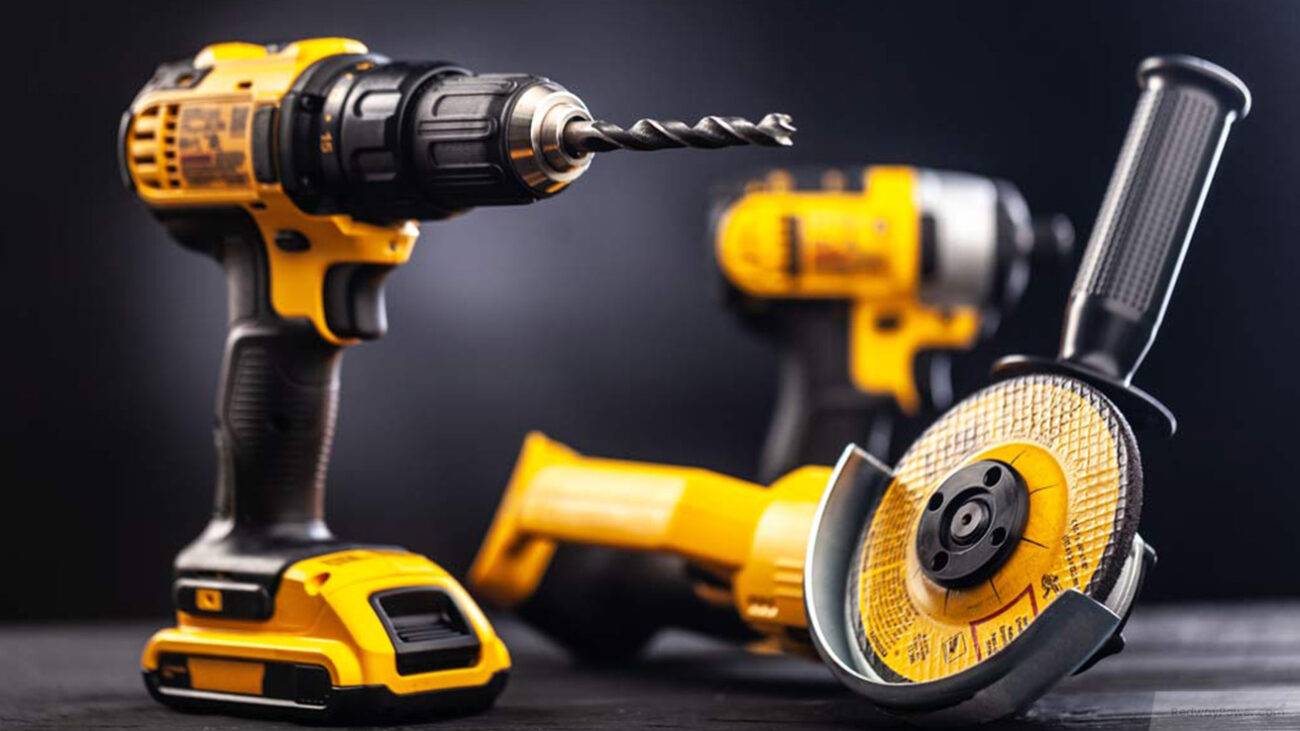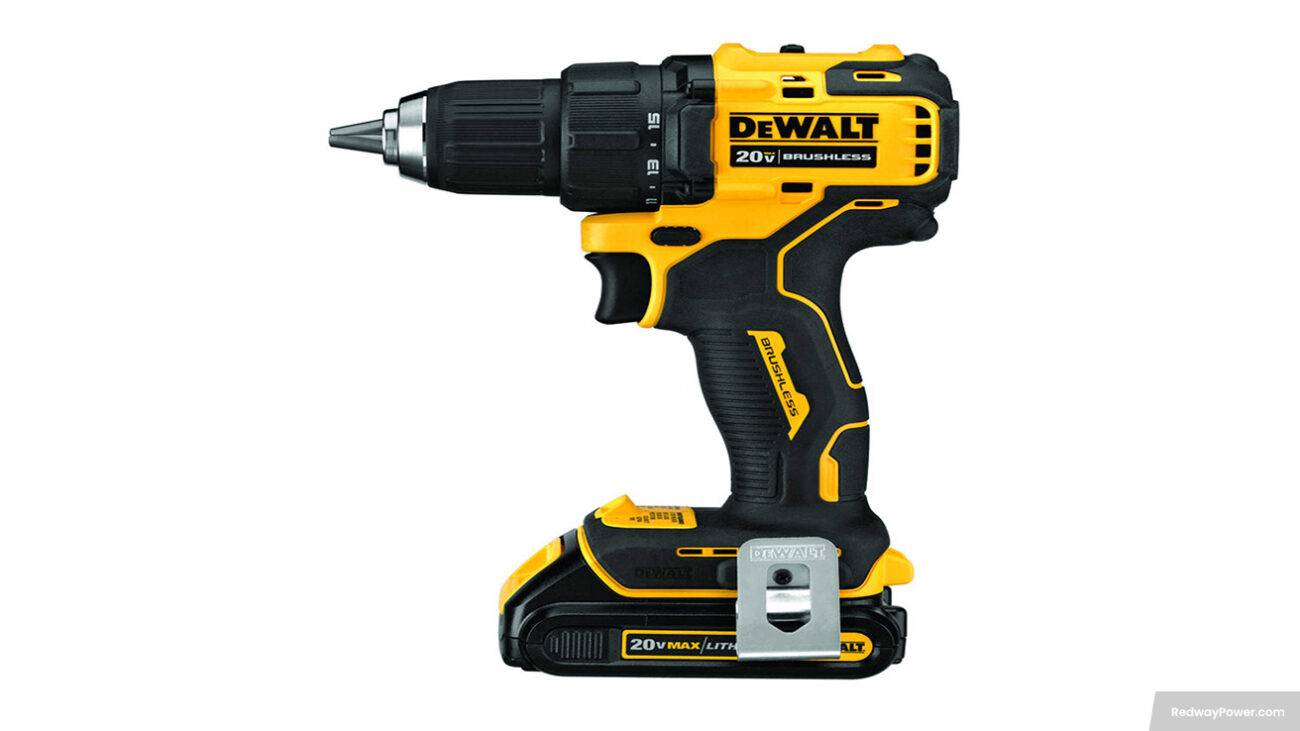Ensuring the longevity of your power tool batteries is essential, and the debate around leaving them on the charger is common. In this post, we explore the impact of leaving power tool batteries on the charger, why it matters, and provide tips for proper charging. So, let’s dive into the world of power tool battery maintenance!
The Importance of Proper Battery Maintenance
Maintaining power tool batteries is crucial for optimal performance, longevity, safety, and environmental sustainability. Neglecting battery care can lead to decreased efficiency, shorter lifespan, and potential hazards.
- Consistent Power Output:
- Well-maintained batteries deliver consistent power, ensuring optimal tool performance during every job.
- This minimizes downtime and avoids struggles with weak tool operation, enhancing overall efficiency.
- Extended Lifespan:
- Implementing simple practices like regular charging cycles and avoiding overcharging significantly extends battery lifespan.
- This saves money by reducing the need for frequent battery replacements, contributing to cost-effectiveness.
- Enhanced User Safety:
- Proactive battery maintenance minimizes the risk of leaks or internal damage, reducing the potential for accidents such as electrical shocks or fires.
- Ensuring user safety is a critical aspect of proper battery care, creating a safer working environment.
- Environmental Sustainability:
- Properly maintained batteries contribute to environmental sustainability by reducing waste.
- Responsible use and charging practices extend battery lifespan, decreasing the number of discarded cells in landfills and positively impacting our planet’s resources.
What Happens When You Leave Power Tool Batteries on the Charger?
Leaving power tool batteries on the charger for too long can lead to negative consequences, primarily overcharging and “battery memory.” These issues can result in decreased performance, safety hazards, and reduced battery lifespan.
- Overcharging Issues:
- Overcharging occurs when a battery remains connected to the charger after reaching full capacity, causing damage over time.
- This can lead to decreased battery performance, a shorter overall lifespan, and safety hazards like swelling or explosions due to excess heat.
- Battery Memory Concerns:
- “Battery memory” happens when a rechargeable battery is partially discharged before recharging, leading to reduced capacity over time.
- The battery “remembers” this reduced capacity, affecting its ability to fully utilize its potential and compromising performance.
- Preventing Issues with Proper Charging Practices:
- Follow power tool manuals for specific guidance on charging times and procedures to avoid overcharging.
- Promptly remove fully charged batteries from chargers, especially during extended projects, or consider having extra batteries for easy swapping instead of prolonged charging.
- Comprehensive Maintenance:
- Beyond charging habits, regularly inspect power tool batteries for signs of damage, wear, or leaks.
- If any issues are noticed, cease using the battery immediately and seek professional advice for repair or replacement options to ensure safety and optimal performance.
Understanding Battery Memory and Overcharging
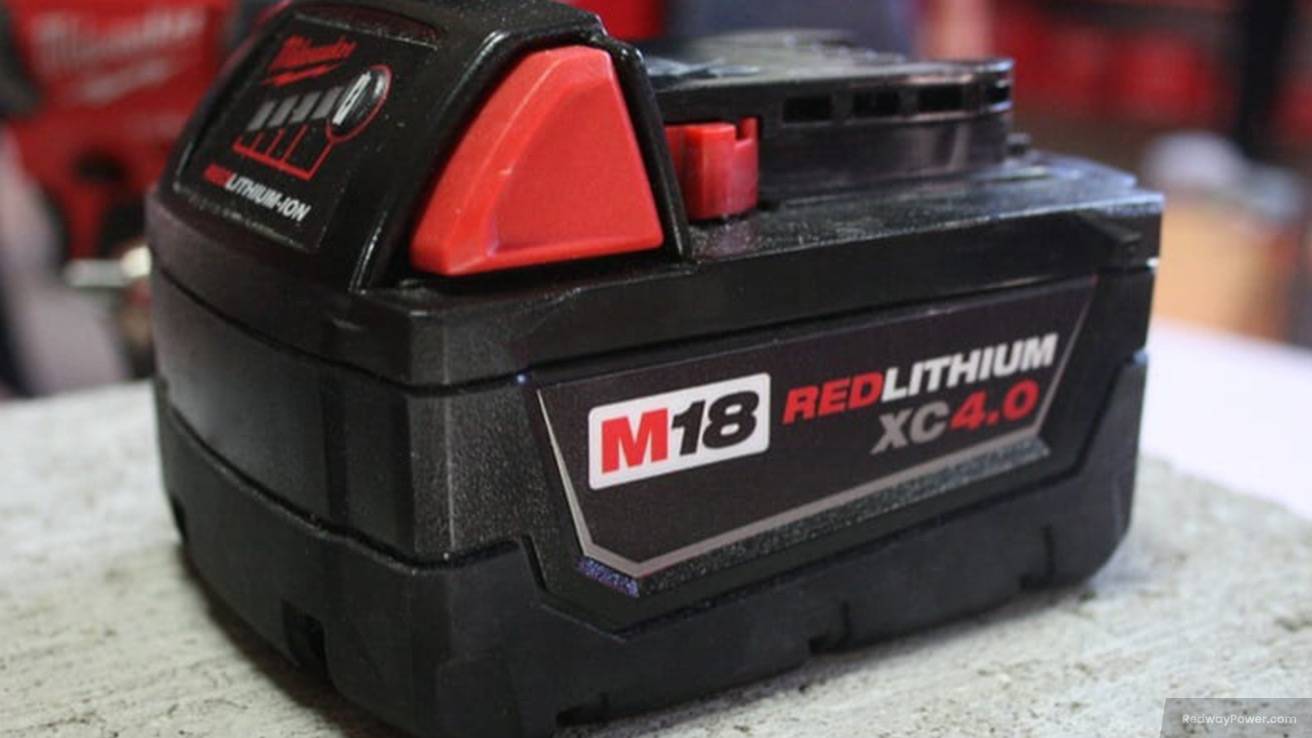
Understanding battery memory and overcharging is crucial for maintaining the longevity and performance of power tool batteries. Contrary to common belief, the concept of battery memory does not apply to modern power tool batteries.
- Battery Memory Misconception:
- Modern power tool batteries don’t suffer from memory issues, and partial charges do not negatively impact their performance.
- Waiting for a complete battery discharge before charging is unnecessary and may even shorten the overall lifespan of the battery.
- Overcharging Risks:
- Overcharging poses a significant threat to power tool batteries, leading to excessive heat buildup and potential fire hazards.
- It’s essential to use chargers designed for specific power tools, equipped with features like automatic shut-off or trickle charging to prevent overcharging.
- Preventing Overcharging:
- Monitor the charging process closely and remove the battery from the charger promptly once it reaches full capacity.
- This precautionary measure prevents unnecessary strain on the battery cells, ensuring optimal condition and longer-lasting performance.
How to Properly Charge Your Power Tool Batteries
Properly charging your power tool batteries is crucial for their long-term performance. Here’s a quick guide to ensure you’re doing it right:
- Read the Manual:
- Familiarize yourself with the manufacturer’s instructions to understand specific charging requirements for your power tool battery.
- Use a Compatible Charger:
- Always use a charger designed for your power tool battery model to prevent damage and ensure safety.
- Choose the Right Voltage:
- Select the appropriate voltage setting on the charger based on your battery type and capacity to avoid overcharging.
- Clean Battery Contacts:
- Ensure the battery contacts are clean before charging to maintain optimal connectivity between the battery and charger.
- Charge in a Suitable Environment:
- Charge your batteries in a well-ventilated area with moderate temperatures, avoiding extreme conditions that can impact performance.
- Avoid Overcharging:
- Remove the battery promptly once fully charged to prevent overcharging, preserving its overall capacity and longevity.
Alternatives to Leaving Batteries on the Charger
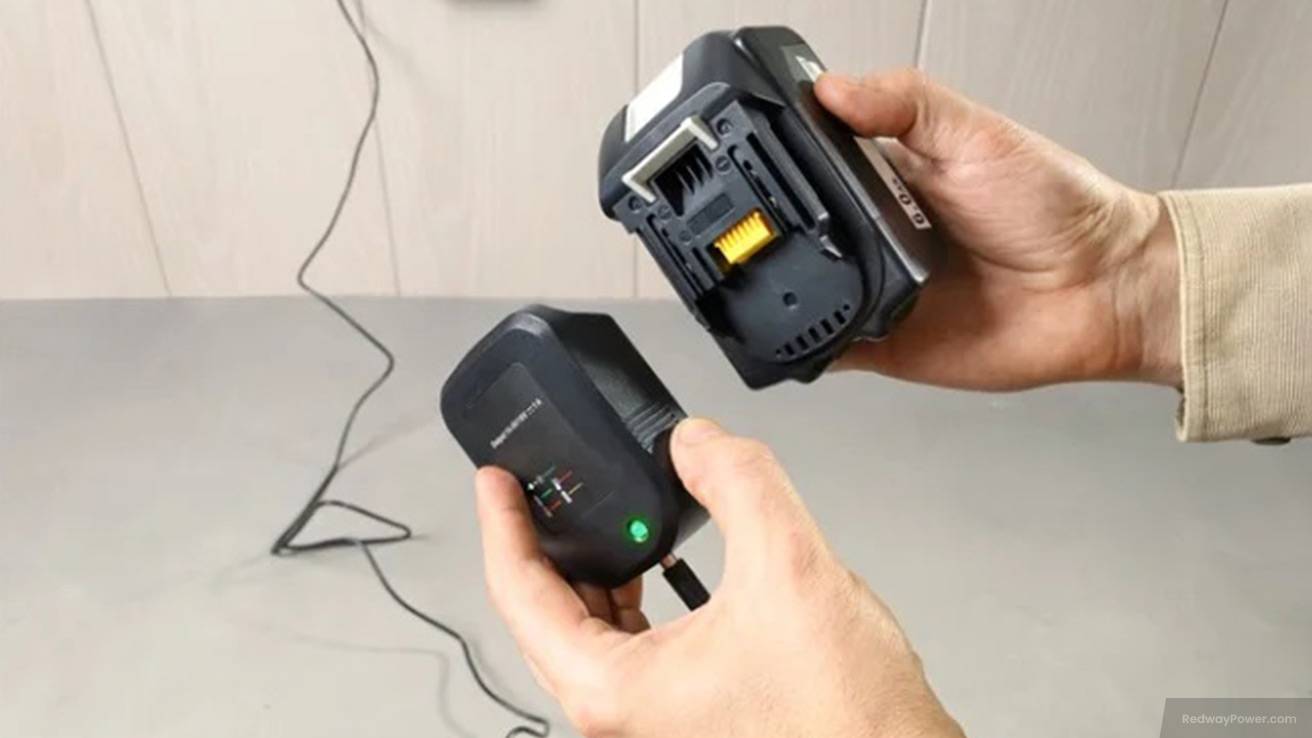
Leaving power tool batteries on the charger for extended periods can harm their longevity. Here are alternatives to address this concern without constant monitoring:
- Smart Chargers:
- Opt for smart chargers with advanced technology that automatically stops charging when the battery is full, preventing overcharging and preserving battery life.
- Timer Usage:
- Set a timer to turn off the charger after a specific duration, eliminating the need for constant supervision and avoiding the risk of overcharging.
- Rapid Chargers:
- Explore rapid chargers from power tool manufacturers that offer quick recharge times without compromising battery lifespan. Remove batteries promptly once fully charged.
- Invest in Spare Batteries:
- Consider having spare batteries to rotate during work, allowing continuous workflow without leaving a single battery on the charger for an extended period.
Remember, proper storage and maintenance, including avoiding extreme temperatures, further contribute to extending battery lifespan. These alternatives ensure optimal battery health and save costs on premature replacements.
Safety Tips for Handling Power Tool Batteries
Ensuring the safety and longevity of power tool batteries is crucial. Follow these concise tips for proper handling and maintenance:
- Manufacturer’s Instructions:
- Read and understand the manufacturer’s guidelines for charging, storing, and handling your power tool batteries to adhere to specific requirements and precautions.
- Avoid Extreme Temperatures:
- Store batteries in a cool, dry place away from extreme heat or cold to maintain optimal performance and extend their lifespan.
- Use Compatible Chargers:
- Use chargers designed for your power tool batteries to ensure efficient charging and prevent safety risks like overcharging.
- Unplug When Fully Charged:
- Promptly unplug fully charged batteries to prevent overcharging, preserving their overall capacity over time.
- Don’t Tamper with Damaged Batteries:
- Avoid attempting to repair damaged batteries; follow proper disposal procedures to eliminate potential hazards.
- Keep Them Dry:
- Ensure both batteries and chargers stay dry to prevent corrosion and damage to electrical components.
- Respect Polarity Markings:
- Align the positive and negative terminals correctly when inserting batteries into tools or chargers to prevent short-circuiting and device damage.
By adhering to these recommendations, you’ll enhance battery life and minimize potential accidents during use, ensuring safe and efficient power tool operation.

